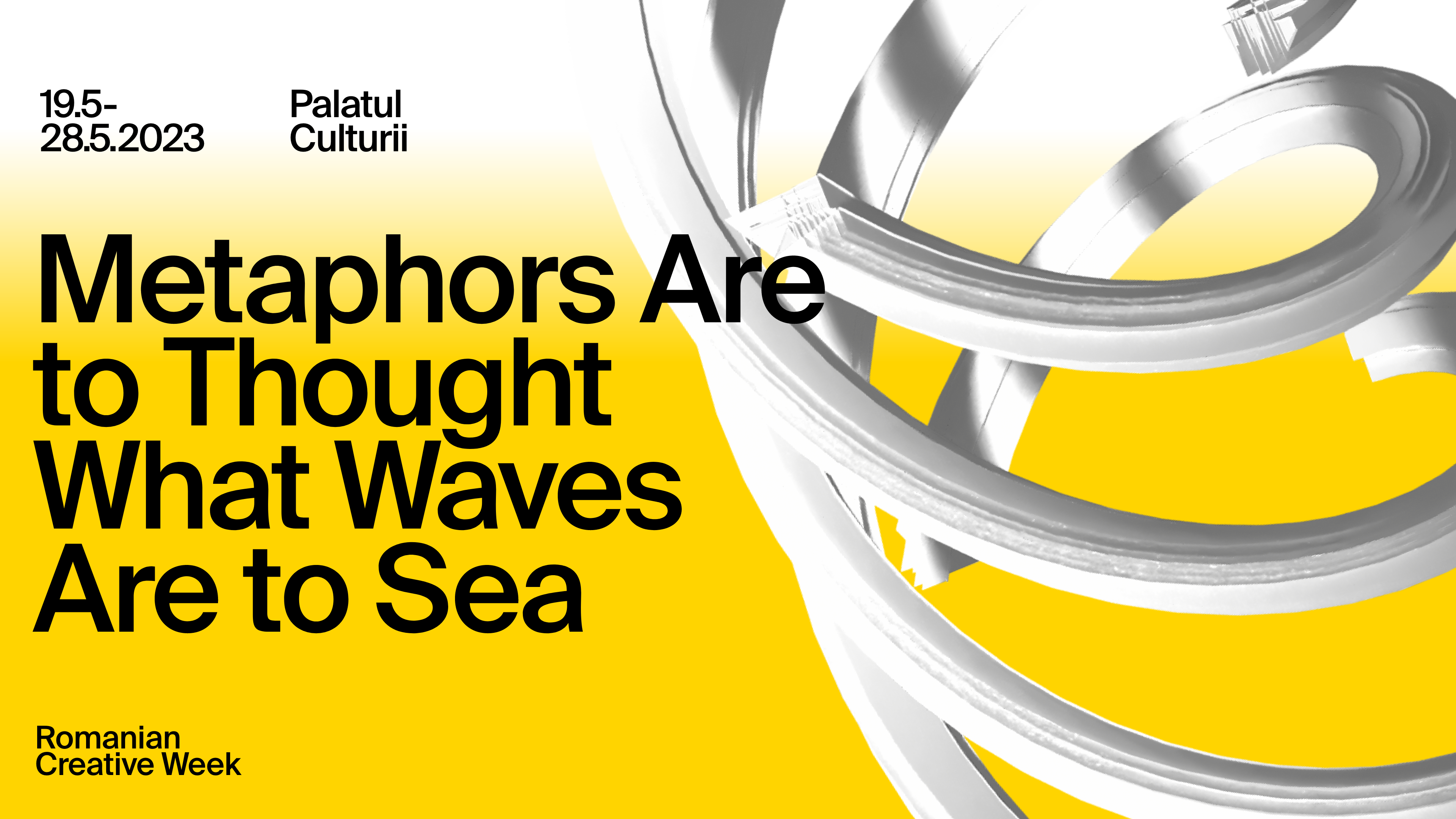
For the Christian medieval thinking, for various other cultures and civilizations, as well as for some of the most extraordinary artists, thinkers and scientists from various eras of human history, the visible reality was a symbolic landscape that was best explored with a certain alertness to distant correspondences, to hidden, deeper meanings, and to a superior, gently all-encompassing, although mysterious order. The world as it could be perceived with the senses was actually pointing to, opening epiphanic gates towards a whole new realm of genuinely important, primary values: beauty, truth, goodness, love.
In our epistemically efficient-cum-arrogant, modern culture, to which our recent “contemporaneity” seems to stand like a provisional, hysterically pseudo-religious and often incoherently cynical coda, metaphors have been largely, culturally relegated to the status of unnecessary ornaments of life. But metaphors, just as the faculty of imagination they are rooted in, have never ceased to be both fundamental and almost ubiquitous in human beings’ minds and souls. Far from being a decorative addition to language, they inform it in crucial ways, far from being superfluous for understanding reality and for meaningfully experiencing existence, they are sine qua non conditions of them, far from being an embellishment, they belong to the core of being fully -and even functionally- human.
Images in general and visual art in particular possess a special capacity for giving form to metaphorical meanings, and Metaphors Are to thought What Waves Are to Sea is an exhibition that offers diverse embodiments of metaphors, but, more poignantly, of what could be called a fundamental metaphorical predisposition, in works of art created by Romanian artist from different generations. If Daria Langa or Camilia Filipov could still be coined as emerging artists, Lucian Popăilă, Diana Oțet, Radu Băieș have reached a certain point of maturity of their artistic practice, while Yvonne Hasan, Iulian Mereuță and Doina Hordovan Ciato belong to the category of artists who passed away without being known to the extent that the depth and richness of their art would have called for (a situation that has been significantly remedied in recent years as far as Hasan and Mereuță are concerned). For some of them, metaphors are profoundly related to archetype, for others to the ever-changing spectacle of the evolving world. Some offer more explicit metaphorical embodiments, some prefer rather implicit, perhaps not even consciously assumed, approaches to metaphor; some visual metaphors one encounters in the exhibition possess a certain visual concreteness, others are rather diffusely present in their material constitution. What all the artworks in the exhibition have in common, nevertheless, is their earnest, yet gentle request to be encountered with generous attention: under such benevolent scrutiny, they can reveal a rewarding and unrestrictive richness of meaning. (Bogdan Iacob, curator)